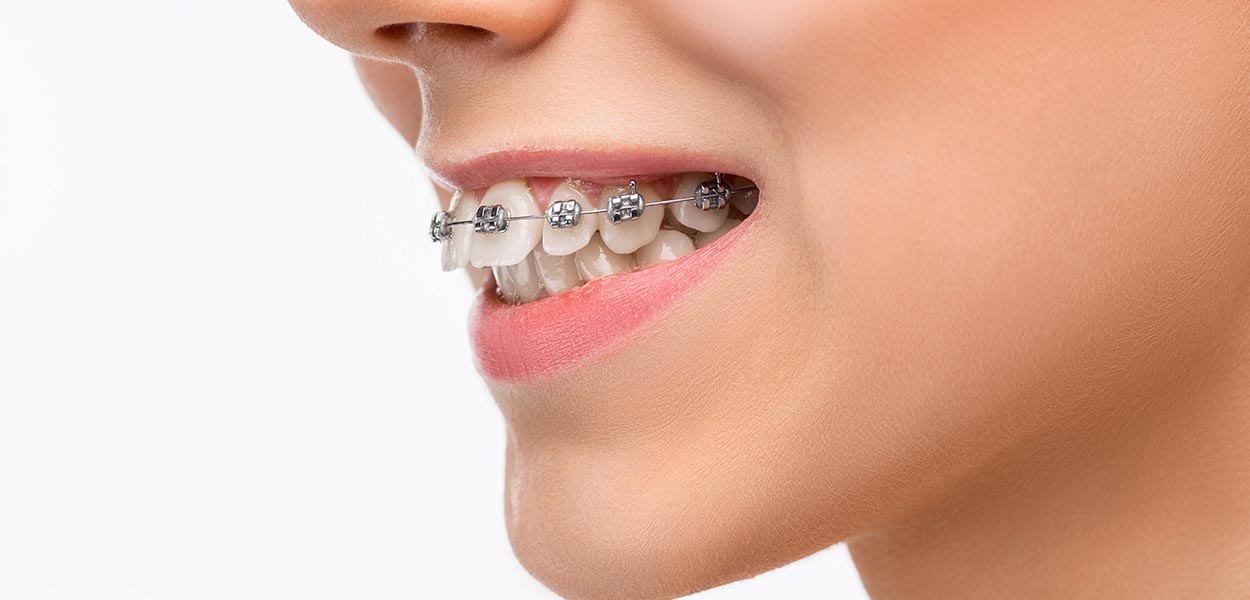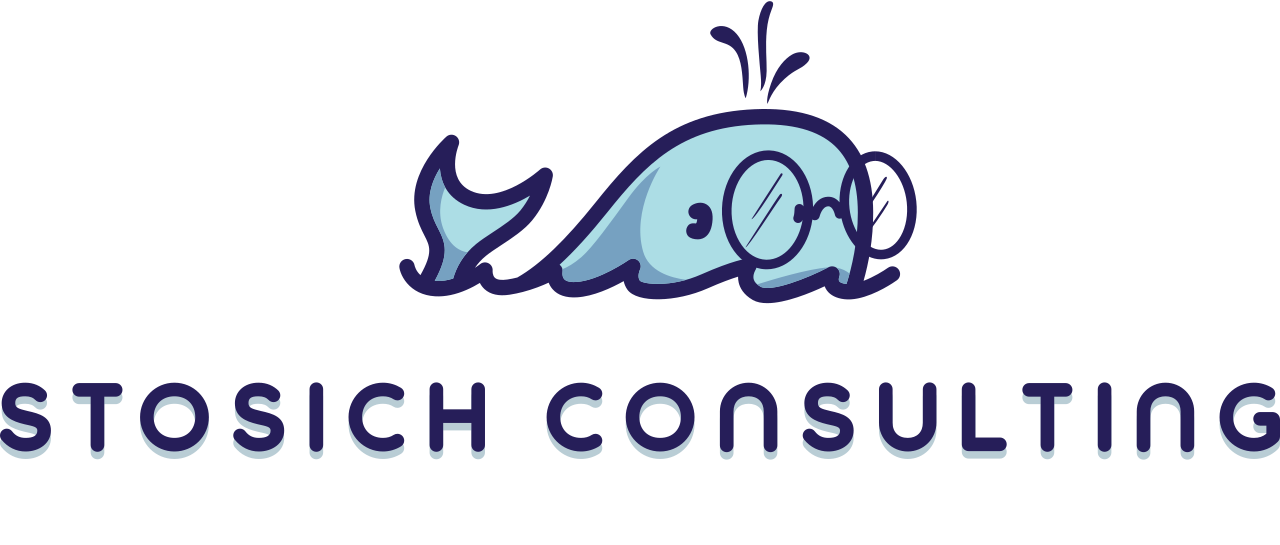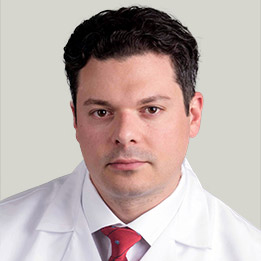Common Bite Problems Orthodontics Can Correct

If you are one of the many Americans who suffer pain or discomfort in your jaw, head, neck, or ears, you may have a bite issue. Misalignment of your teeth can cause a host of problems, and can lead to even bigger issues if not corrected. A misaligned bite isn’t only uncomfortable, it can cause improper wear of your teeth that can lead to chipping, cracking and breaking.
But, orthodontic treatment is here to help. Dr. Michael Stosich, a board certified orthodontist treating patients throughout the Chicago area, explains some of the most common bite problems.
- Crowding occurs when there just isn’t enough room for all of the teeth to comfortably fit in the mouth. Too many teeth in too small of a space can cause a lot of problems. The younger you are, the easier it is to correct crowding because the jaw is still growing. Dr. Stosich can guide the growth of the jaw to allow for the teeth to have adequate space. For older patients whose jaws have stopped growing, treatment is still possible, but may be more involved.
- Underbites occur when the bottom lower teeth fit over the top upper teeth. Underbites are referred to as prognathism, and can affect nearly 10% of the population. It is can be the result of a lower jaw that is too large, or an upper jaw that is too small. Additionally, it can be caused by tongue thrusting or mouth breathing (as is the case in people who suffer from allergies or nasal congestion frequently).
- Overbites happen when the upper jaw extends to far past your lower jaw. It is normal for your upper middle teeth to fit slightly over the bottom middle teeth. If they extend too far over, however, and overbite occurs. Some patients have such a deep overbite that their lower teeth bite into the roofs of their mouths.
- Openbites occur when the upper and lower teeth do not meet, even when the mouth is closed. In an ideal bite, the upper teeth should come over the lower teeth slightly. Openbites can be genetic, thereby being caused by a skeletal issue, or can be the cause or bad oral habits such as thumbsucking, extended pacifier use, or tongue thrusting.
- Misaligned teeth, or Spacing issues can be caused by a variety of issues. If you lose teeth too early, your permanent teeth can erupt in the wrong locations, leading to spacing problems. Likewise, if you have any teeth missing, due to injury, dental issues, or permanent teeth that never developed, your teeth may become misaligned.
- Crossbites are typically classified as either posterior or anterior. A posterior crossbite is when the top back teeth bite down on the inside of the lower back teeth. In an anterior crossbite, the upper front teeth sit behind the lower front teeth. Crossbites can make it difficult for the jaws to close properly, which can make it hard to speak and eat.
- Overjets occur when the top front teeth point out, protruding over the bottom teeth. This is commonly known as buck teeth. Overjets are often caused by underdeveloped lower jaws.
- Bruxism is also known as tooth grinding, and it can cause lots of problems with your teeth if it is a regular problem. Grinding wears down the enamel on your teeth, and can cause damage to them. While bruxism can occur at any age, it is most common when teeth are erupting, be they either baby teeth or permanent teeth. An orthodontist can fit a patient who grinds their teeth with a mouthguard to protect the teeth from damage, and determine if orthodontic treatment may help stop bruxism from occurring.
- Diastema, or teeth gapping issues, most often occur between the upper two front teeth, but can happen anywhere in the mouth. They typically occur due to a mismatch in the size of the jaw versus the size of the teeth. If the teeth are too small for the jaw bone, spaces can happen. Gaps can also occur if the teeth are too small or if there are any teeth missing.
“At Stosich Consulting, we treat patients of all ages, and have the most sophisticated and up-to-date treatment options available anywhere,” says Dr. Stosich. “But, more importantly than that, I use scientifically backed treatment methods to ensure smiles that last a lifetime.”
Dr. Stosich utilizes the most advanced and efficient treatment found anywhere, thanks to his careful, scientifically backed planning and expertise. No matter what bite issue you may be facing, Dr. Stosich has the treatment option, and skill, to give you the smile you deserve. Call Stosich Consulting today at 847-548-4200 for your complimentary consultation.


